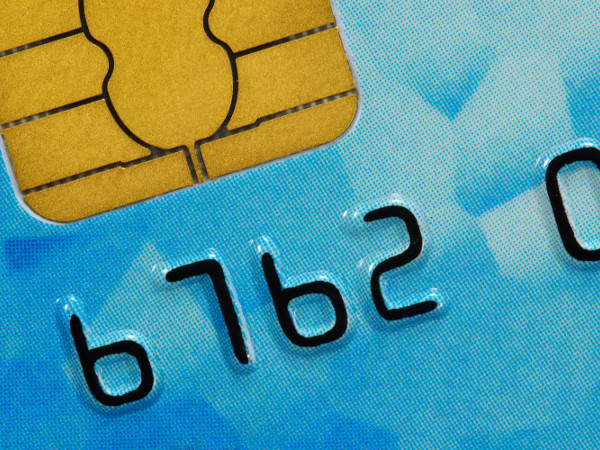Are You Neglecting 5 Critical Website Elements?
 One thing about the digital age: It has hurried up everything. Information and commerce move at the speed of thought. Consumers want whatever they want now, not next week, tomorrow or even 60 minutes from this instant.
One thing about the digital age: It has hurried up everything. Information and commerce move at the speed of thought. Consumers want whatever they want now, not next week, tomorrow or even 60 minutes from this instant.
In order to stay top of mind with consumers, businesses that exist online must meet their need for speed. You have only seconds to grab their attention. Then, you must hold their attention long enough to convince them it’s in their best interest to part with their money.
Deniz Ibrahim, principal for product marketing at BigCommerce, believes five site elements are critical for establishing a rapport with digital customers. They are:
Strong branding
Define your brand up-front, then follow with strong, consistent messaging. Making sure your message is focused on your specific target market is imperative, Ibrahim believes.
“It’s better to offer a specific message that reaches and engages your target audience rather than fail trying to appeal to everyone,” he noted in a recent article for Website Magazine.
Personality is part of branding. Whether your image is balls-to-the-wall gonzo, sultry erotica or something in between, make sure everything about your website reflects that vibe. A strong, consistent brand message creates a memorable experience.
“Most site visitors aren’t immediately ready to purchase,” Ibrahim wrote. “In fact, the average conversion rates for e-commerce fall between 2 and 3 percent, according to our data. Creating a memorable site experience will leave a lasting impression that encourages visitors in the browsing phase to return in the future to purchase.”
Trustworthiness
To gain consumers’ trust, you must convince them not only that you’re selling exactly what they want, but also that you’re telling the truth about your merchandise. Ibrahim recommends “bringing products to life” with unique, precise and — when possible — fun descriptions alongside captivating images. Again, this requires knowing your specific target market and being able to speak the market’s language in a way that resonates.
Customer reviews also can build trust, but they can be a double-edged sword. If you decide to allow on-page customer reviews, resist the temptation to expunge the derogatory ones. No product, ever, has received only praise. Consumers expect to see negative reports. When they don’t, they become suspicious.
Mobile-friendliness
We can’t say this often enough: If your website doesn’t provide as pleasant an experience for mobile users as it does for desktop users, you’re killing your business. Google insists more than 50 percent of its traffic originates in the mobile space. The search giant believes in mobile-friendliness so firmly that when it’s “mobile-first” initiative kicks in early next year, sites that don’t provide an exceptional mobile experience will find themselves at the bottom of the SERPS or out of the index altogether.
There’s an even better reason for mobile-friendliness, though: Happy customers spend more money. If your site meets their needs whenever and wherever they are, they’re more likely to convert than if they become frustrated by long page-load times and glitchy performance.
Easy-to-find products
Consumers can’t buy what they can’t find. First ask yourself what you’re selling. Then, ask whether your website makes that excruciatingly clear.
Next, make sure navigation through your site is hassle-free. If possible, sort your products into categories and/or by media types. A thorough search function is essential, as well. Use meta tags not only for SEO, but also to aid consumer navigation.
Easy purchase process
Once you have a new customer hooked, don’t let him slip the line by presenting him with a complicated check-out process. Even more important: Make sure consumers feel safe giving you sensitive personal and financial information.
“Even the most beautiful, well-designed storefront will suffer if customers don’t feel comfortable engaging with and shopping on the site,” Ibrahim noted.
According to Ibrahim, consumers appreciate a check-out page that confirms what they’ve agreed to buy and how much they’ll be charged, plus (if possible) payment options that will let them choose the most familiar and/or convenient payment method. The more payment options you can provide — especially when dealing with international sales — the better the chance consumers won’t abandon the purchase at the last minute.
Image © Ilya Genkin













